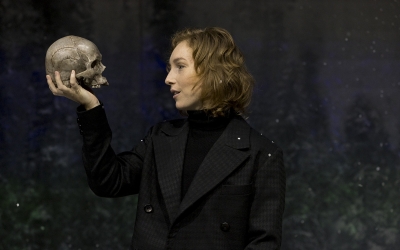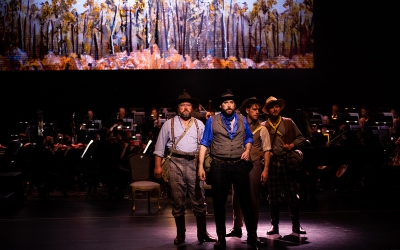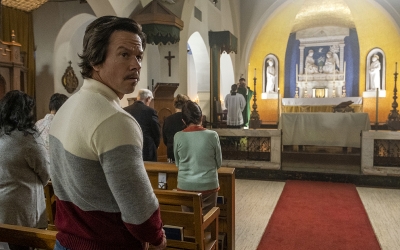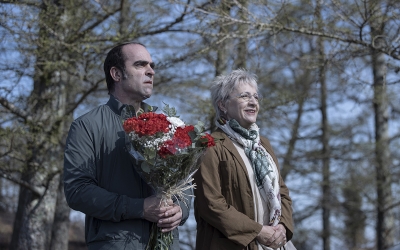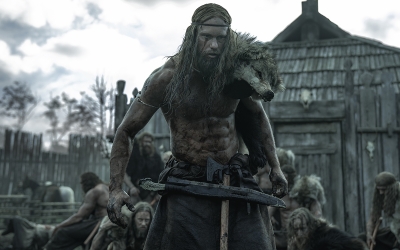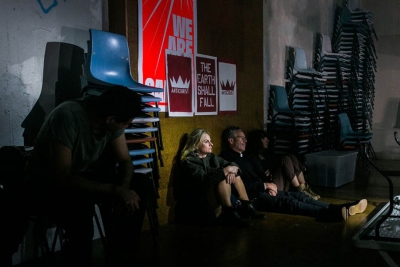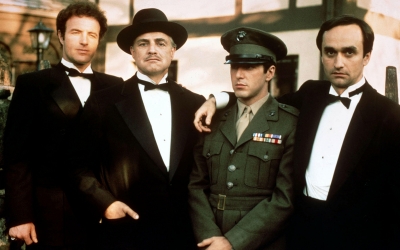Arts
Film | Theatre | Art | Opera | Music | Television | Festivals
Welcome to ABR Arts, home to some of Australia's best arts journalism. We review film, theatre, opera, music, television, art exhibitions – and more. To read ABR Arts articles in full, subscribe to ABR or take out an ABR Arts subscription. Both packages give full access to our arts reviews the moment they are published online and to our extensive arts archive.
Meanwhile, the ABR Arts e-newsletter, published every second Tuesday, will keep you up-to-date as to our recent arts reviews.
Recent reviews
Back in 1991, Bell Shakespeare opened their very first season with Hamlet, starring John Polson and directed by John Bell himself; it deliberately highlighted the Australian vernacular, almost over-emphasising the flat vowel sounds and local cadences over the fruitier delivery we inherited from the British. It had a gritty contemporary setting, and garishly over-the-top costumes. It also wasn’t very good.
... (read more)In the program for the première of Voss in Adelaide in 1986, David Malouf observed:
... (read more)No libretto can reproduce the novel from which it is drawn. A novel, especially a great one, is itself: unique, irreplaceable. The best a libretto can do is reproduce the experience of the book in a new and radically different form, allowing the form itself to determine what the experience will be.
What makes a man choose to be a Catholic priest? The cynical and snide these days might bring up an unhealthy interest in other people’s children. And yet, historically, the calling to the cloth has often been a noble one, as likely an impulse driven by spiritual yearning and zeal for social justice as mere careerism or a flight from normative sexuality. The Catholic Church, which faces a crisis of vocations across the Western world, would do well to look again at this story ...
... (read more)Opera Australia’s Melbourne season began on 4 May with a revival of Elijah Moshinsky’s 1994 production of La Traviata, often seen here before. The season ends on 28 May, with eight more performances. It’s a short work, with four scenes each about thirty minutes long, ideal for those new to opera or keen for melodic relief from election discord.
... (read more)You are camping with friends, drinking beer and swimming, celebrating your nineteenth birthday. A car pulls up in the forest. Your aunt emerges, and as she walks towards you she calls out, palms pressed as if in prayer. In Spanish filmmaker Icíar Bollaín’s gripping Maixabel (2021), it is enough for a relative to say your name to know that the worst has happened: your world has ended, your father has finally been slaughtered.
... (read more)If you were to pluck a tenth-century Norse Viking from their firelit longhouse and drop them into the twenty-first century so that they could create a film accurate about their life and culture, you would probably end up with something not far off from Robert Eggers’ The Northman, and not just because of the film’s graphic violence, fanatical religious ceremonies, and historically faithful aesthetics. The Northman also successfully depicts the way in which Northerners may well have perceived and spiritually understood the world around them.
... (read more)There are some circumstances that shift a musical performance into another dimension of significance. Mstislav Rostropovich playing Bach’s cello suites in Berlin on 11 November 1989, two days after the fall of the Wall, is perhaps the twentieth century’s most vivid example.
... (read more)Caryl Churchill’s Light Shining in Buckinghamshire, first performed in 1976, is a dense and difficult play set during the English Civil War. The period may be distant in time but Churchill, working in a broadly Marxist tradition, sees it as an era when fundamental questions of governance were tested by a mass of ordinary people. From whom does the state derive authority, and is a person bound to obey laws they find unjust? Does the existence of private property – those enclosed lands cultivated for the profit of a few – offend against the common good? Do the rich offend God? ‘For a short time when the king had been defeated anything seemed possible,’ Churchill wrote in a 1978 introductory note. The possibilities included, for some, Christ’s return and with it the instigation of an earthly Paradise.
... (read more)The Godfather, the first instalment of Francis Ford Coppola’s three-part mafioso epic, premièred fifty years ago last month. Released in March 1972, The Godfather became a huge commercial success. By year’s end it was the highest-ever grossing film. And despite its brutal and salacious content, and its pulpy source material – which may help explain its attraction to moviegoers – it was a critical success. Pauline Kael, writing in the New Yorker, described it as ‘a great example of how the best popular movies come out of a merger of commerce and art’.
... (read more)If there is a logical successor to the twentieth-century gangster epic, it may well be the modern-day high-stakes corporate drama. Both revolve around merciless protagonists operating by their own dubious moral code, amassing wealth and influence as they leave a trail of bodies (literal or figurative) in their wake. Instead of intimidation and assassination, our new corporate anti-heroes leverage powerful attorneys and hostile takeovers. Instead of doing business in the smoke-filled backrooms of family restaurants, they operate in biophilic, open-plan offices (and on the stock exchange). Instead of working outside capitalist structures, they bend it to their will. And instead of concealing their crimes and leading a double life, they are openly celebrated, sitting on boards and delivering TED talks.
... (read more)

